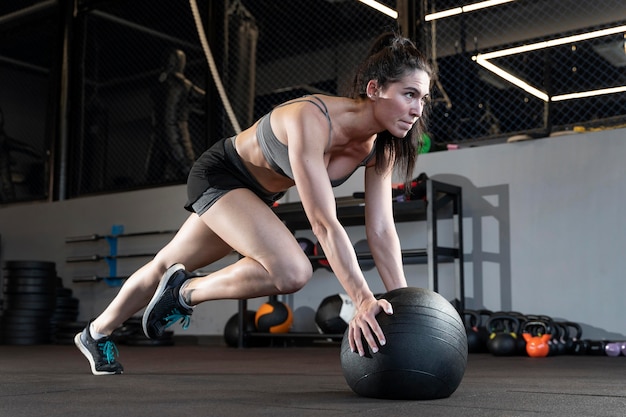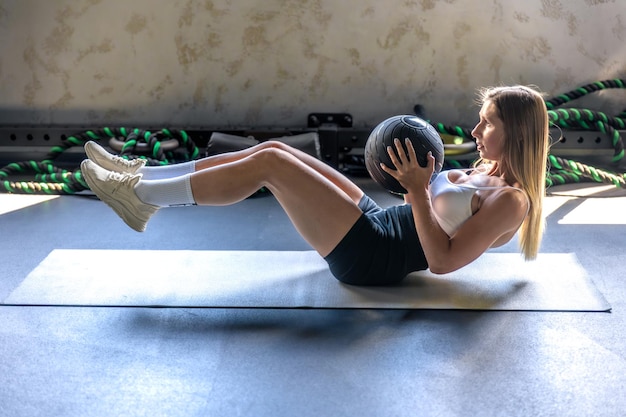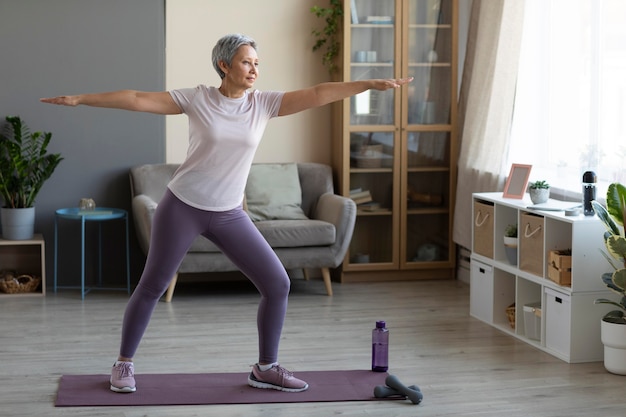When it comes to improving cardiovascular fitness and maximizing VO₂ max—the gold standard for measuring aerobic endurance—your choice of equipment can make a big difference. Especially if you're juggling a busy schedule, aiming for weight loss, and prefer training at home with minimal gear, the debate between kettlebells and dumbbells becomes even more relevant.
Both tools are staples in functional fitness, but they serve different purposes. This article breaks down how kettlebells and dumbbells compare in boosting VO₂ max, supporting fat loss, and fitting into real-world routines—complete with yoga and mobility integration.
VO₂ max measures the maximum amount of oxygen your body can use during intense exercise. A higher VO₂ max means better cardiovascular efficiency, improved stamina, and greater calorie burn—key for weight loss and long-term health.
The best way to improve VO₂ max? High-intensity interval training (HIIT) that combines strength and cardio. This is where kettlebells and dumbbells come into play.
Kettlebells are uniquely designed for dynamic, full-body movements. Exercises like kettlebell swings, cleans, snatches, and Turkish get-ups engage multiple muscle groups in fluid, explosive motions that elevate heart rate quickly.
Studies show that kettlebell training can significantly improve VO₂ max. One 2014 study found that just 20 minutes of kettlebell swings, performed twice a week for six weeks, increased participants’ VO₂ max by nearly 6%—a result comparable to traditional running or cycling programs.
Why? Because kettlebell workouts naturally blend strength and cardio. The ballistic movements require continuous motion, keeping your heart rate in the aerobic and anaerobic zones—ideal for improving oxygen utilization.

Dynamic kettlebell swings elevate heart rate and boost VO₂ max efficiently.
Dumbbells are excellent for building muscle and isolating specific movements. While traditionally used for slower, controlled lifts, they can also be used in circuit training or HIIT formats to improve cardiovascular fitness.
For example, dumbbell thrusters, push presses, or renegade rows performed in rapid succession can spike your heart rate. However, the design of dumbbells—centered weight distribution—makes them less ideal for ballistic, swinging motions compared to kettlebells.
While dumbbell-based HIIT can improve VO₂ max, it often requires more exercises and transitions to maintain intensity. This can be challenging in small spaces or with limited time.
For pure VO₂ max improvement, kettlebells have the edge. Their design promotes momentum-driven, full-body movements that keep your heart rate elevated with fewer transitions. A 15–20 minute kettlebell circuit can deliver a more efficient cardio and strength stimulus than a comparable dumbbell workout.
Additionally, kettlebell training burns more calories per minute, which supports weight loss goals. The swinging motion of kettlebells engages the posterior chain—glutes, hamstrings, and lower back—muscle groups that are powerful oxygen consumers, further enhancing aerobic adaptation.
One kettlebell can replace an entire rack of dumbbells for functional training. It’s compact, durable, and perfect for apartment living or travel. A single 16–24 kg kettlebell allows you to perform dozens of exercises targeting strength, endurance, and mobility.
Compare that to dumbbells, where you’d need multiple pairs to progress through different exercises—taking up more space and increasing cost.
Both tools support mobility, but kettlebells offer unique advantages. The offset weight challenges stability, improving grip strength, core control, and joint resilience—key for injury prevention and functional movement.
Pair kettlebell workouts with yoga for recovery. For example, after a high-intensity session, follow with 10–15 minutes of yoga flows like child’s pose, downward dog, and seated forward bends to enhance flexibility and reduce muscle soreness.

Yoga complements intense kettlebell training by improving recovery and mobility.
If your goal is to improve VO₂ max, lose weight, and train efficiently with minimal equipment, kettlebells are the superior choice. They deliver a powerful cardio and strength combo in less time, fit seamlessly into small spaces, and pair well with yoga for balanced fitness.
Dumbbells are still valuable—especially for muscle building and controlled movements—but they don’t match the cardiovascular efficiency of kettlebells for VO₂ max development. For real-life fitness that fits your schedule and supports lifelong health, go with the kettlebell.

Fitness

Fitness

Fitness

Fitness

Health

Fitness

Fitness

Fitness

Fitness

Fitness

Fitness

Fitness

Health

Fitness

Health

Health